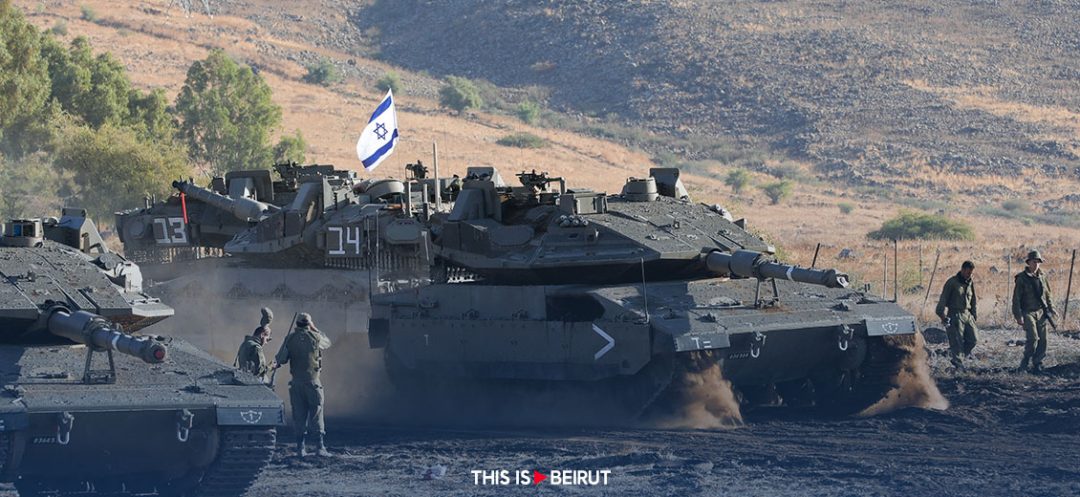Residents have hastily been relocating their families to the nearest shelter when Israeli airstrikes started to hit targets near their villages in southern Lebanon this week.
Shocked by images of dead children in Gaza, residents have quickly whisked their families to the closest shelters when Israeli strikes began near his village in southern Lebanon this week.
Nearly 4,000 people have fled flash point areas near the Israeli frontier and flocked to the southern city of Tyre, according to local officials.
Around half are staying in three public schools that have been converted into makeshift shelters, while the rest hunker down with relatives or friends.
The scale of displacement has gradually swelled since the Palestinian militant group Hamas launched a massive October 7 assault on southern Israel, killing at least 1,400 people, mostly civilians, and kidnapping more than 200 in the deadliest attack in Israel’s history.
Since then, some 4,385 Palestinians, mainly civilians, have been killed in relentless Israeli bombardments, according to Gaza’s Hamas-run health ministry.
The tensions have spread to the Lebanese-Israeli border, where near-daily tit-for-tat attacks have emptied entire villages.
At least 22 people, including four civilians, have been killed on the Lebanese side. And at least three soldiers and one civilian have died in Israel.
Fears of a spillover loom large in Lebanon’s border villages, which were occupied by Israeli forces for 22 years before their withdrawal in 2000.
A steady stream of families, mostly from the pummeled village of Aita al-Shaab, queued at the Tyre municipality this week to secure a spot in one of the classrooms.
In the border village of Dhayra, farms and olive groves have been abandoned at the height of the harvest season.
Farmers already crushed by a four-year-long economic crisis in Lebanon are bracing for an uncertain fate, even if the fighting abruptly stops.
Ravaged by an economic crisis that has been widely blamed on official corruption and ineptitude, Lebanon has not implemented an evacuation plan.
Instead, villagers have left under their own steam, strapping bags to motorcycles or hitching rides with neighbors.
Khalil Wakim, with AFP





